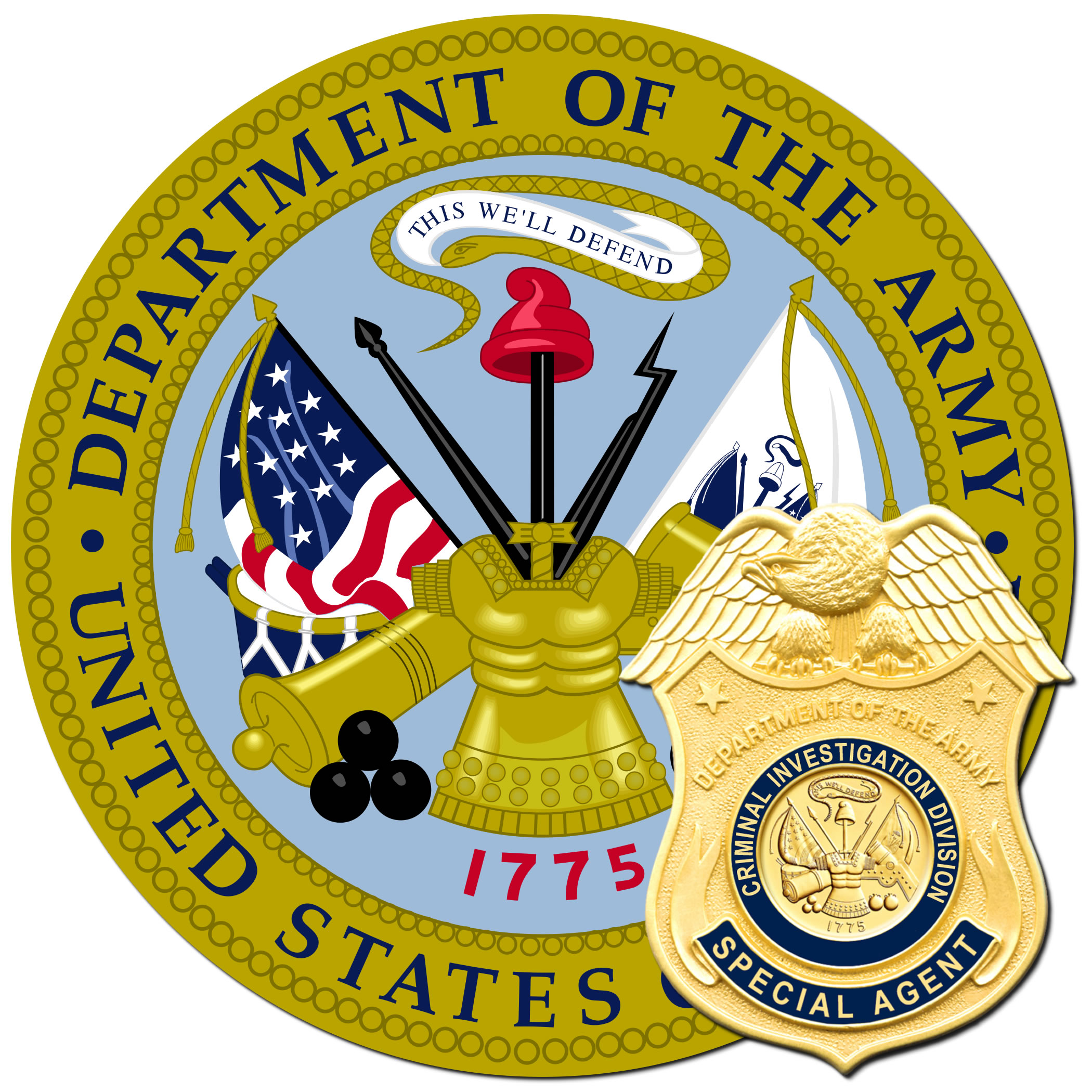 The Department of the Army Criminal Investigation Division was organized as a major command of the U.S. Army to provide investigative services to all levels of the Army. Using modern investigative techniques, equipment and systems, CID concerns itself with every level of the Army throughout the world in which criminal activity can or has occurred.
The Department of the Army Criminal Investigation Division was organized as a major command of the U.S. Army to provide investigative services to all levels of the Army. Using modern investigative techniques, equipment and systems, CID concerns itself with every level of the Army throughout the world in which criminal activity can or has occurred.
Unrestricted, CID searches out and investigates the full facts of a situation, organizes the facts into a logical summary of investigative data, and presents this data to the responsible command or a United States attorney as appropriate. The responsible command or the U.S. attorney then determines what action will be taken.
In 1775, the "regular" Soldiers of the Continental Army received extensive training based upon Major General Friedrich von Steuben knowledge of the Prussian manual of arms. This training was designed to instill military discipline in the "Continentals" who would then be augmented by volunteer and militia units.
The result would be a fighting unit which would instantly obey commanders during the heat of battle. This training would also help reinforce the maintenance of discipline within the ranks during periods when combat was not imminent. Failure to maintain discipline during bivouac and battle could destroy the Army and, with it, the new nation. The emphasis on enforcing discipline within the Army continued until 1863, when the emphasis shifted to enforcement of a new law passed during the nation's Civil War.
Creation of the First Criminal Investigation Division
As the Civil War dragged on and casualty lists proliferated, Congress passed the Enrollment Act which was designed to provide conscripts for the Union Army. It was the first draft law and was highly unpopular. Because riots often erupted in protest of the new draft law, Secretary of War Edwin Stanton felt that a police force was needed to enforce the new and unpopular law. In March 1863, the Provost Marshal General's Bureau was established to administer and enforce the draft law and to arrest deserters.
During the war, investigations of criminal acts within the Army, such as payroll thefts or murders, were conducted by private agencies such as the Pinkerton Detective Agency. Ultimately, Major Alan Pinkerton was commissioned by Major General George McClellan to create the first criminal investigation division.
After the Civil War, the Provost Marshal General's Bureau remained largely unchanged until the American Expeditionary Forces entered France during World War I in 1917. As the number of American Soldiers in France increased, so too did the need for additional police services. In October 1917, the Military Police Corps was established; from this corps, today's Military Police Corps evolved. Although this new corps functioned well in its role as uniformed policemen during World War I, crime rates mounted and a legitimate need for a detective element became apparent.
1918 - CID became a division within the Military Police Corps
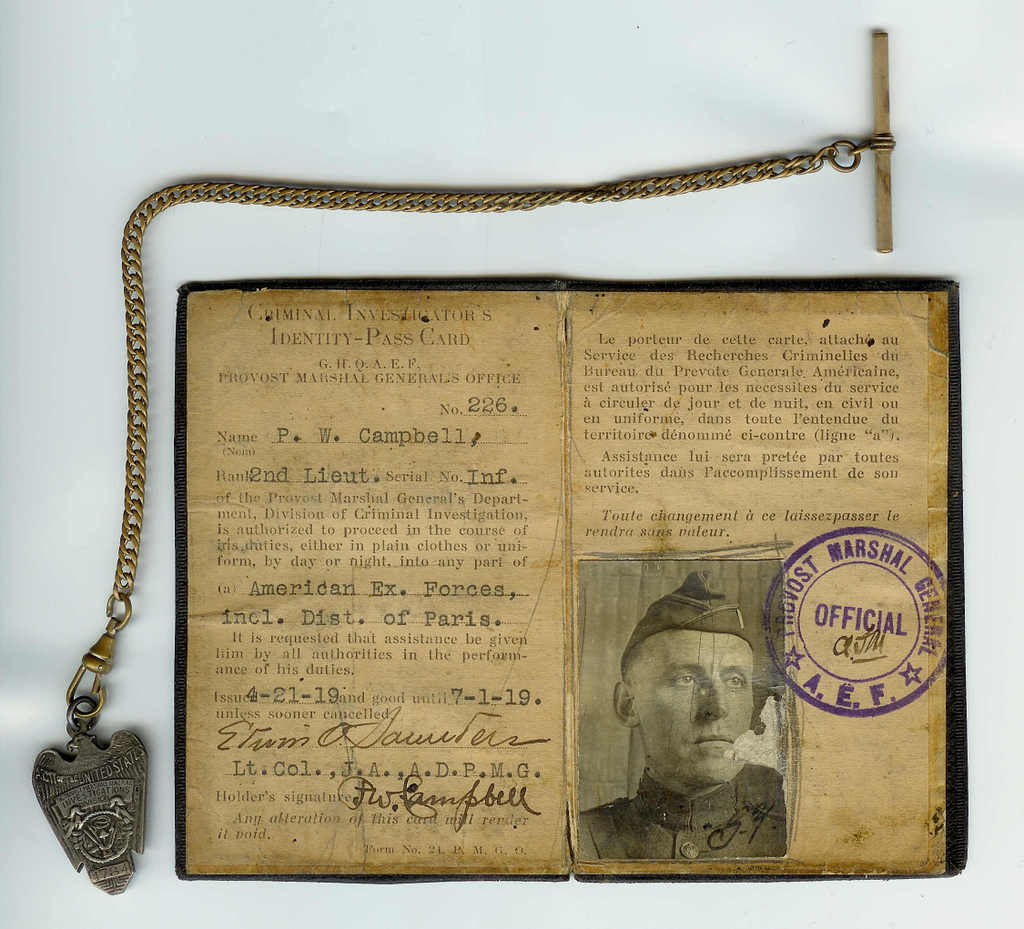 In November 1918, General John Pershing directed the Provost Marshal General of his American Expeditionary Forces to organize a criminal investigation division within the Military Police Corps for the purpose of detecting and preventing crimes within the territory occupied by the American Expeditionary Forces.
In November 1918, General John Pershing directed the Provost Marshal General of his American Expeditionary Forces to organize a criminal investigation division within the Military Police Corps for the purpose of detecting and preventing crimes within the territory occupied by the American Expeditionary Forces.
The new Criminal Investigation Division (CID) was headed by a division chief who served as the CID advisor to the Provost Marshal General on all matters (administrative and technical) pertinent to criminal investigation. Operational control of CID, however, remained with individual provost marshals. There was no central control of investigative efforts within CID and the individual investigators were hampered by a lack of investigative training and experience. Investigators consisted of personnel selected from military police units within each command.
Crimes committed by American soldiers and crimes committed by other nationals against the Allies were reported through channels similar to those of a civilian police force. CID personnel acted as detectives as they investigated crimes or suspected crimes.
CID effectiveness, although hampered by some shortcomings, produced favorable results in the recovery of stolen government and personal property. However, the absence of central direction and control, and the lack of investigative training and experience among personnel, kept CID from achieving its full capability.
Between World Wars I and II, the Army was reduced to a small peacetime organization where there was little need of a criminal investigative element. The American entry into World War II in December 1941 changed the Army almost overnight from a small peacetime organization of professionals into a force of millions. Because the Army was a community within itself, and this community had grown so rapidly, there was again a need for some type of law enforcement system.
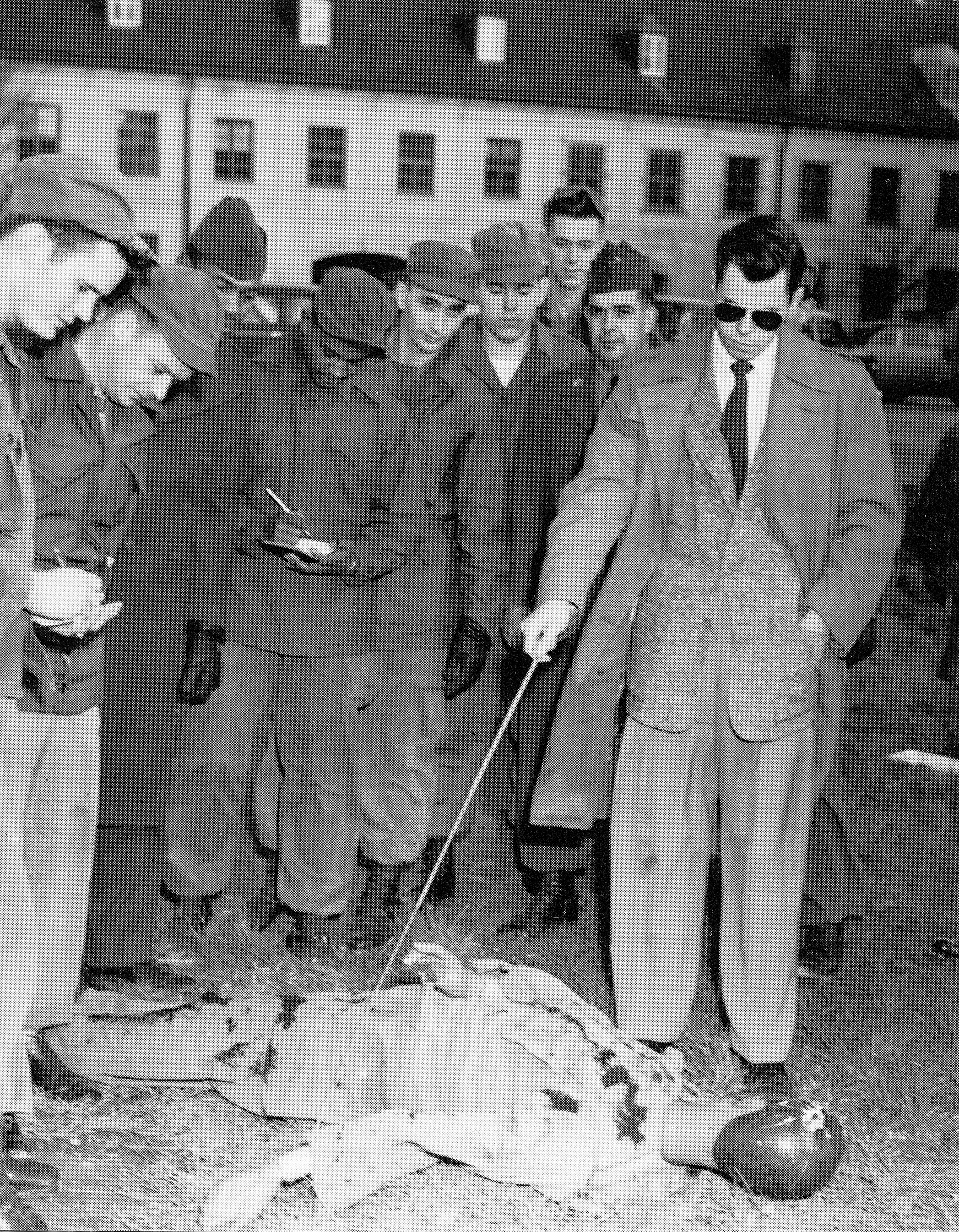 In early 1942, investigations of crimes committed by military personnel were considered to be a "command function" to be conducted by local military police personnel. The delegation of criminal investigations to a command function meant that each commander was responsible for seeing that crime committed within the commander's realm of responsibility was investigated.
In early 1942, investigations of crimes committed by military personnel were considered to be a "command function" to be conducted by local military police personnel. The delegation of criminal investigations to a command function meant that each commander was responsible for seeing that crime committed within the commander's realm of responsibility was investigated.
The Office of The Provost Marshal General felt that the agents in the Investigations Department were not trained for criminal investigations per se, nor did it anticipate their being used in that capacity. The only investigations being conducted at this time were "loyalty" investigations into the backgrounds of persons hired for employment in defense related industries.
As the Army expanded, so too did the crime rate. Criminal investigations failed to keep abreast of the expanding crime rate. Commanders did not have the personnel or the funds to conduct adequate investigations. In December 1943, The Provost Marshal General was charged with providing staff supervision over all criminal investigations.
1944 - Criminal Investigation Division of The Provost Marshal General's Office established
The Criminal Investigation Division of The Provost Marshal General's Office was established in January 1944. The Provost Marshal General rendered staff supervision over criminal investigation activities, coordinated investigations between commands, dictated plans and policies and set standards for investigators.
Following World War II, the CID was centralized at the theater Army level. Control of criminal investigation personnel was decentralized to area commands during the 1950s and then down to the installation level during the early 1960s. While The Provost Marshal General still had overall supervision of criminal investigation activities, the operations were conducted at the local level.
1964 - "Project Security Shield"
A Department of Defense study in 1964 called "Project Security Shield" made clear that complete centralization of the Army's criminal investigative effort was needed in order to produce a more efficient and responsive worldwide capability.
In 1965, the Army took the first step towards centralizing command and control of CID elements. Elements were organized into CID groups corresponding to the Army areas in the United States. The following year, the concept was introduced to units in Europe and the Far East.
This group arrangement did not totally solve identified problems and in September 1969, at the direction of the Army Chief of Staff, the U.S. Army Criminal Investigation Agency was established under the direction of The Provost Marshal General. The agency was to supervise all CID operations and to provide guidance to CID elements around the world. However, the agency did not have command authority. It was only chartered to provide direction to the criminal investigation effort.
1971 - The U.S. Army Criminal Investigation Command became a major Army Command
In March 1971, Secretary of Defense Melvin Laird directed the Secretary of the Army to form a CID command with command and control authority over all Army-wide CID assets.
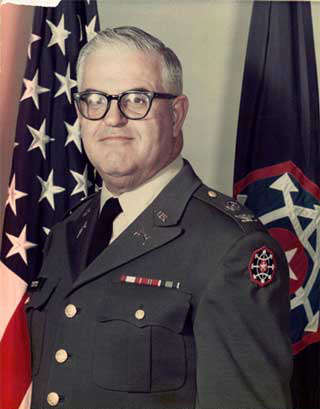
On September 17, 1971, the U.S. Army Criminal Investigation Command was established as a major Army command and Colonel Henry H. Tufts was assigned as its first commander. The CID Command was vested with command and control of all Army criminal investigation activities and resources worldwide.
Granting major command status to the CID facilitated CID communications with all levels of the military and civilian governments while providing a centralized controlling authority over the Army's investigative resources and activities.
The Commander of CID is directly responsible to the Chief of Staff of the Army and the Secretary of the Army. The organization of the CID command brought to an end the 50-year-old problem of how to administer the CID.
2021 - and Beyond
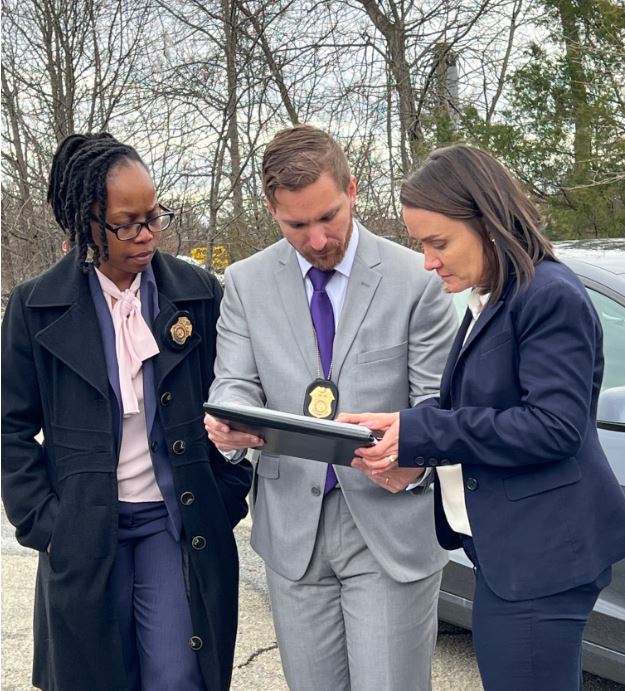 On September 17, 2021, Special Agent Gregory D. Ford assumed responsibility as Director of the U.S. Army Criminal Investigation Command, becoming the first civilian director in its history.
On September 17, 2021, Special Agent Gregory D. Ford assumed responsibility as Director of the U.S. Army Criminal Investigation Command, becoming the first civilian director in its history.
At the same time the name changed to the U.S. Army Criminal Investigation Division, a name first associated with the organization in 1918 when Gen. John Pershing directed the Provost Marshal General to organize a criminal investigation division within the Military Police Corps for the purpose of detecting and preventing crimes within the territory occupied by the American Expeditionary Forces.
Today, the Department of Army Criminal Investigation Division headquarters is located at Quantico, Virginia. Its position in the Army organization and its location at the seat of national government ensures that CID remains responsive to the Army's needs.
During its history, CID has undergone considerable change, both in organization and its approach to the problem of detecting and preventing crime. Throughout the changes, however, run the threads of common purpose and principle that link yesterday's years of success by individual CID special agents investigating crime within the Army and today's agents.
As the Army's responsibilities have grown and changed, CID has responded by continuing to provide the timely, second-to-none investigative service that has become its trademark.
Regardless of the type of crimes investigated by CID, be it counter-narcotic, procurement fraud, property crimes or crimes of violence, CID's performance has invariably been at or above the standards of its nationwide law enforcement agency peers.
Return to top